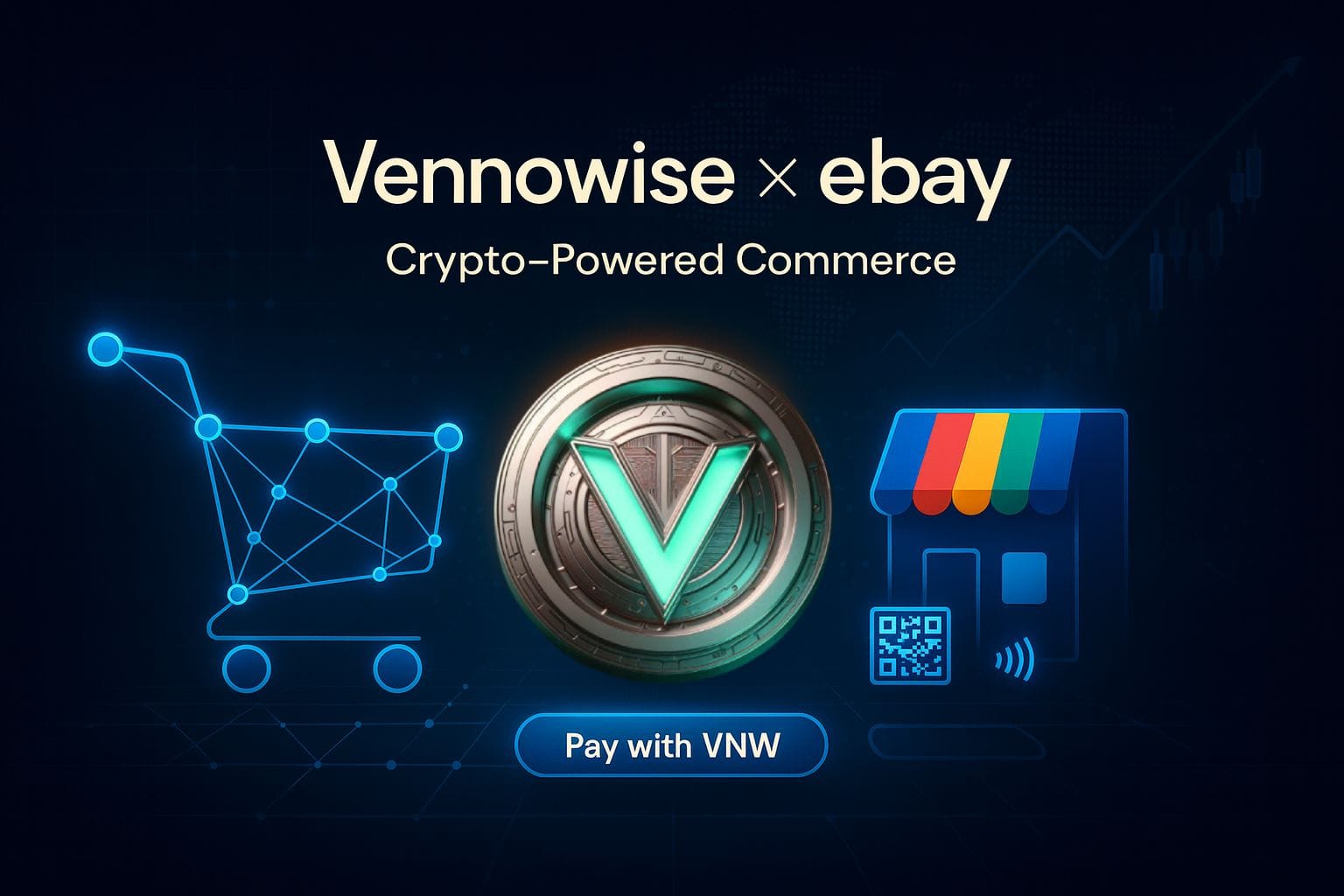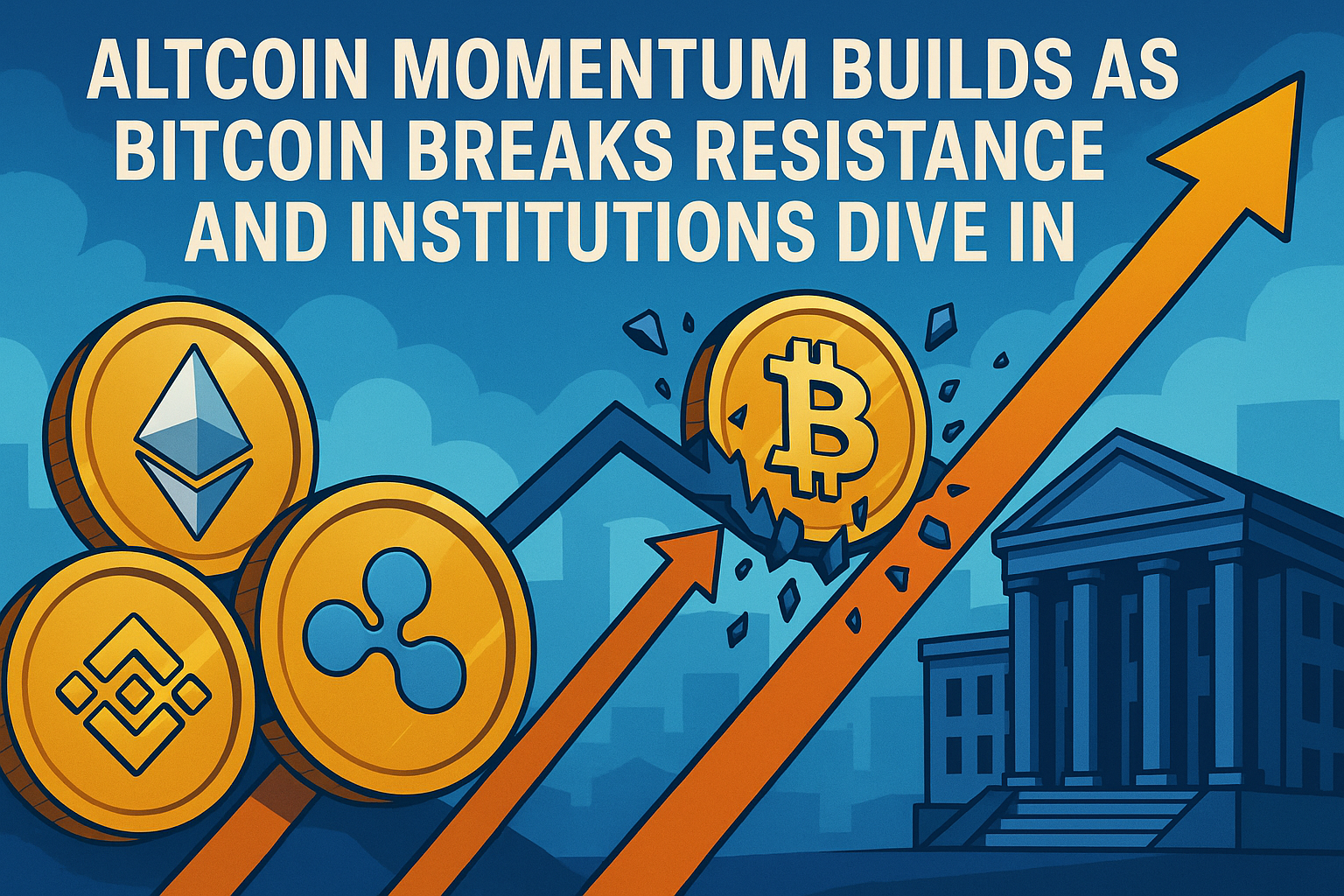Table of Contents
Cryptocurrency payments have seen tremendous growth and development over the past decade. With the increasing popularity of Bitcoin (BTC), Ethereum, (ETH), stablecoins, and other digital currencies, we can see more businesses and individuals using crypto as a payment method.
But what can we expect about crypto payments over the next 5 years? Let's take a closer look.
What Are Crypto Payments?
Crypto payments are a cutting-edge way of exchanging funds online, using cryptocurrencies. They allow you to transfer funds to another user or merchant, without the need for a middleman such as banks or payment processors.
With crypto payments, transactions are processed on a decentralized network, where each participant helps verify and confirm the transaction. This provides users with increased security, privacy, and control over their funds, as well as faster processing times and lower fees compared to traditional payment methods.
What Can We Expect in the Future of Crypto Payments?
Considering several studies, here are some of the things we can expect in the future of crypto payments:
1. Continued growth in the adoption of crypto as a payment method
Researchers of a study called "Paying With Cryptocurrency" found that 85% of businesses with a yearly revenue of $1 billion have started accepting crypto payments in 2022 to lure and keep their customers happy. Meanwhile, a whopping 82% of merchants participating in the survey revealed that their motivation for accepting crypto payments was to cut out pesky intermediaries.
And as more and more people become comfortable with digital currencies, we are more likely to see an increasing number of businesses accepting crypto payments. This will make it easier for consumers to buy goods and services with their favorite digital coins, whether they're paying for a cup of coffee or a new car.
2. Improvements in the infrastructure supporting crypto payments
The technology behind digital currencies is improving continuously. In fact, one exciting development in this area is the growth of layer 2 scaling solutions which enable faster and cheaper transactions by processing them off-chain. This means they don't need to be recorded on the main blockchain.
For instance, Kasta, a crypto payment app built on Polygon, a layer 2 scaling solution, facilitates quick, secure, and convenient crypto transactions. You can complete cross-border payments within a few seconds, and sending crypto to other app users is free if they accept the payment in the same currency.
As these solutions continue to grow in popularity, we can expect to see further improvements in the efficiency of crypto payments.
3. More businesses accepting stablecoins
Stablecoins are designed to maintain a stable value relative to traditional currencies like euros and the US dollar. This makes them an attractive payment option for businesses and individuals who are hesitant to use more volatile cryptocurrencies like BTC or ETH.
If more individuals will use stablecoins for daily transactions, we can expect to see more businesses accepting them as a payment method. In fact, some analysts predict that stablecoins could eventually become the dominant form of digital currency used for payments.
4. Continued innovation in the world of crypto payments
Many developers and entrepreneurs are exploring the possibilities of blockchain technology, so we are likely to see new and exciting use cases for digital currencies as a payment method.
For example, we might see the rise of microtransactions, where consumers can make small payments for individual pieces of content or services. We might also see new payment platforms that combine various traditional payment methods with cryptocurrency, and make it easier for businesses to accept crypto payments.
Final Thoughts
With continued adoption, improvements in infrastructure, the growth of stablecoins, and ongoing innovation, it's clear that crypto payments are in for a wild ride.
And in case you’re wondering, will crypto be the future of finance? The truth is, it's a bit of a toss-up at this point, with a lot depending on how cryptocurrencies continue to evolve and how they are adopted by governments, businesses, and consumers. The pace and extent of global crypto adoption will also play a major role in shaping the future of crypto payments, as coins and tokens continue to make waves in the world of finance.








